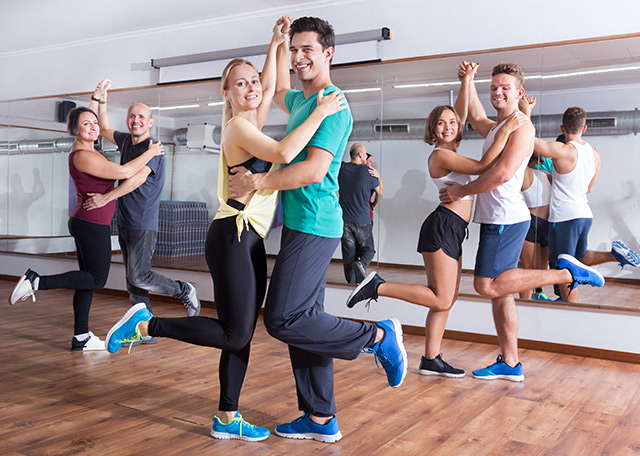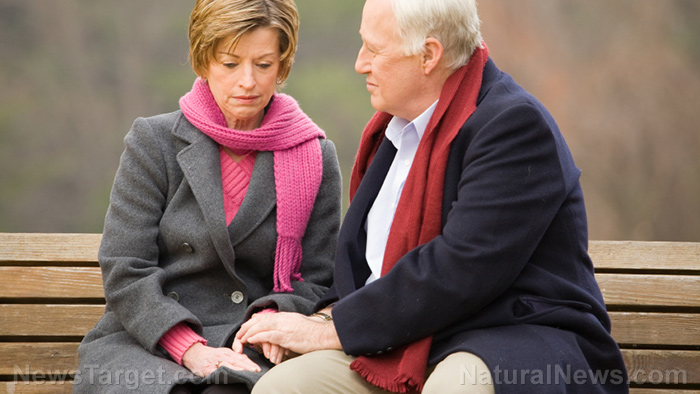Boost your intelligence AND your physical activity with dancing
10/26/2018 / By Jhoanna Robinson

One salsa class can improve understanding by eight percent, focus by 13 percent, and memory by 18 percent, as it takes a special kind of concentration for people to be able to learn salsa. This is because the dance requires people to stay in time with the music and not be distracted, according to a new study that was broadcasted on BBC‘s “The Truth about Getting Fit.”
“Dance is physically active but it’s also very coordinative. You have to think about the steps, you have to think about the pattern, you have to think about staying in time with the music. So that requires a lot of cognitive manipulation while the dance is going on, while [people] are also physically exerting themselves,” lead author Professor Michael Duncan from Coventry University said.
How the study was conducted
The researchers asked volunteers to perform a series of mental assessments. They then joined in a 30-minute salsa class that was taught by dance instructor and exercise scientist Dr. Pablo Domene. (Related: Throw a Salsa Party for Summer Fun and Good Health.)
As the class went longer, the moves became faster and more complex. The study participants, after the class, were asked to take the same assessments.
Other research that says physical exercise makes people smarter
In a 21-year study of senior citizens that was published in the New England Journal of Medicine, spearheaded by the Albert Einstein College of Medicine in New York City, and funded by the National Institute of Aging, the researchers found that some forms of recreational and physical activities had beneficial effects on the patients’ mental acuity, and some had none.
Among the recreational activities that the researchers studied were cognitive ones that included doing crossword puzzles, reading books, playing cards, playing musical instruments, and writing for pleasure; and those that required physical strength such as doing housework, bicycling, dancing, playing tennis or golf, swimming, and walking for exercise.
It was determined that frequent dancing could be used to protect against dementia, with it being 76 percent effective in strengthening brain health. The mental health benefits of the other activities were as follows: reading at 35 percent, doing crossword puzzles at least four times a week at 47 percent, bicycling and swimming at zero percent, and playing golf at zero percent.
Pioneering Alzherimer’s disease expert Dr. Robert Katzman advises that in order to veer away from this debilitating condition, a person should do whatever he can to build new neural pathways. This is hindered when a person takes the same old well-worn path over and over again, and thinks and lives in the same way all throughout his life.
In his own words, American social dance expert Richard Power said: “The more stepping stones there are across the creek, the easier it is to cross in your own style. The focus of that aphorism was creative thinking, to find as many alternative paths as possible to a creative solution.
“But as we age, parallel processing becomes more critical. Now it’s no longer a matter of style, it’s a matter of survival – getting across the creek at all. Randomly dying brain cells are like stepping stones being removed one by one. Those who only had one well-worn path of stones are completely blocked when some are removed. But those who spent their lives trying different mental routes each time, creating a myriad of possible paths, still have several paths left.
“In other words: Intelligence – use it or lose it.”
Learn of other unconventional treatments for neurodegenerative diseases by visiting Brain.news.
Sources include:
Submit a correction >>
Tagged Under:
brain health, Dance, exercise, fitness, longevity, mental acuity, mental exercise, mental health, mind body science, natural cures, natural healing, prevention, remedies, Salsa
This article may contain statements that reflect the opinion of the author
RECENT NEWS & ARTICLES
COPYRIGHT © 2017 MIND BODY SCIENCE NEWS




















